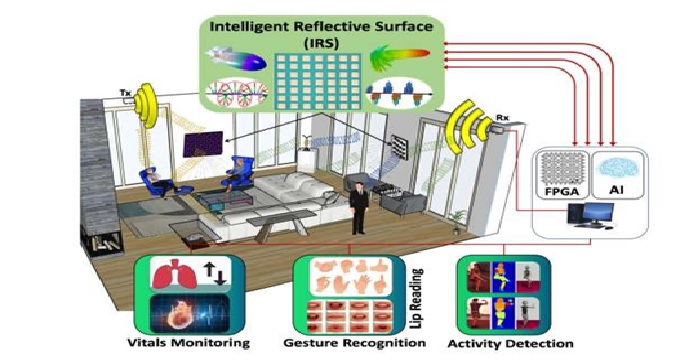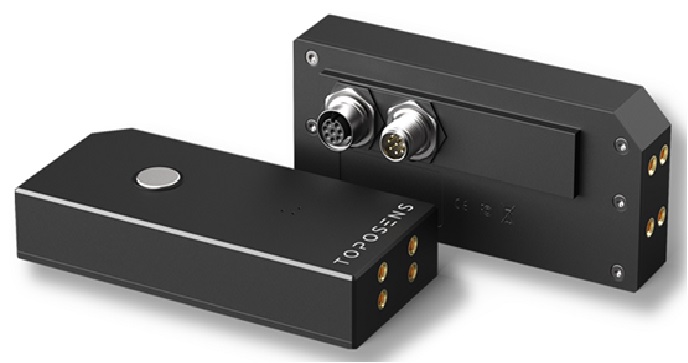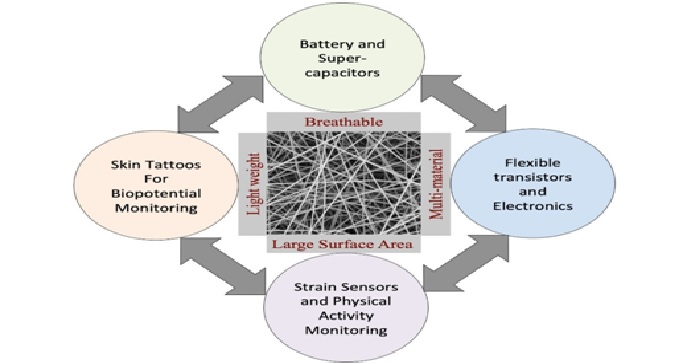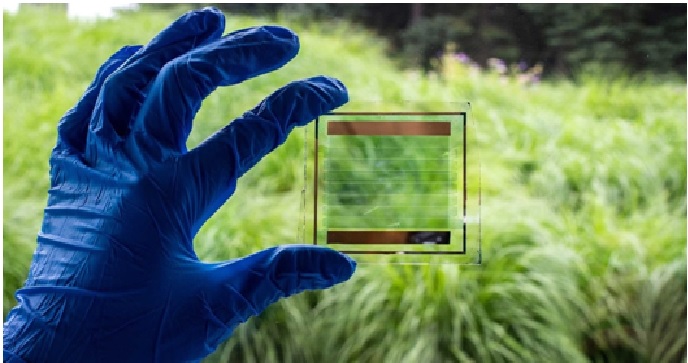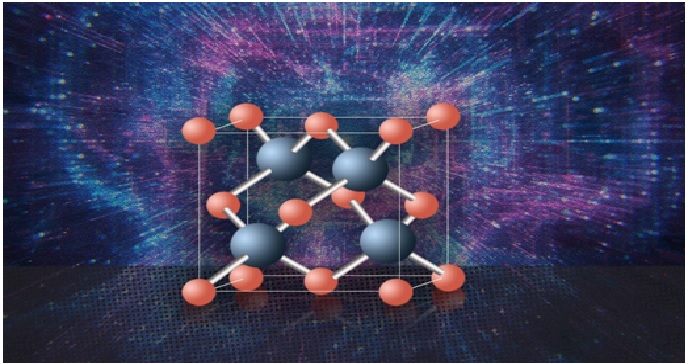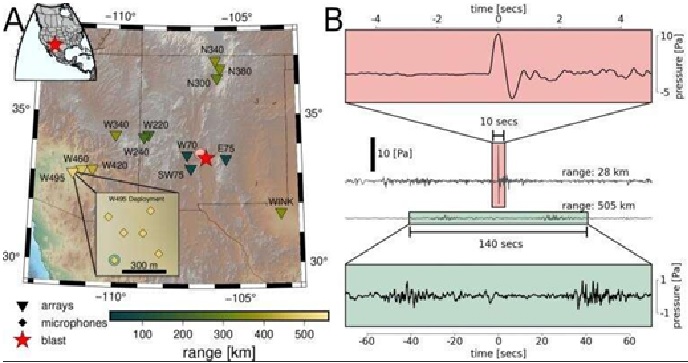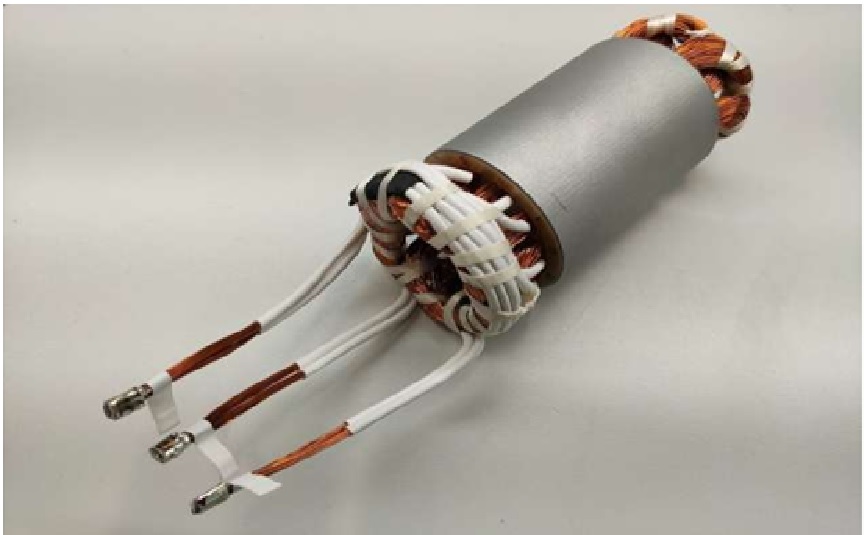Turning Buildings into Batteries to Cheaply Improve Power Quality
In order to ensure that electricity supply and demand are properly balanced, energy storage technologies are becoming increasingly important due to the significantly reduced costs of renewable energy sources such as wind and solar power. Power quality in metropolitan areas can be improved by using a novel energy storage idea proposed by researchers at the International Institute for Applied Systems Analysis (IIASA), which could turn tall buildings into batteries. [1]
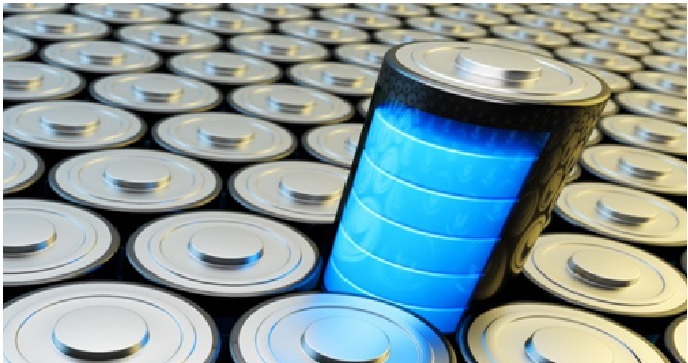
Figure 1. Turning Buildings into Batteries to Cheaply Improve Power Quality
Figure 1 shows the ability of the globe to produce electricity via the use of solar energy, wind power, and other renewable technologies has been growing significantly over the last few years, and by 2026, it is anticipated that this capacity will have increased by more than 60% from 2020 levels. This is equal to the combined present total global power capacity of nuclear and fossil fuels. The International Energy Agency estimates that through 2026, renewable energy sources will actually be responsible for about 95% of the growth in the world’s power capacity, with solar photovoltaics accounting for more than half of that increase. But to advance toward a low- or zero-carbon society, innovative solutions are needed, as well as an alternative to conventional energy systems for energy storage and consumption. [2]
In their study that was recently published in the journal Energy, IIASA researchers proposed a novel gravitational-based energy storage system that makes use of elevators and vacant apartments in tall buildings. This strange concept, named Lift Energy Storage Technology (LEST) by the authors, stores energy by lifting wet sand containers or other high-density materials that are remotely moved in and out of a lift using autonomous trailer devices. [3]
Fast-charging batteries
Meanwhile, researchers in Russia have learned more about a promising material that could lead to faster-charging batteries, useful for many applications such as electric vehicles.
The recently proposed anode material, called NiBTA, is a nickel-based coordination polymer derived from benzenetetramine. Scientists believe that it could be used to improve the charge speed of new batteries, but it was unclear how the material is charged and discharged. Skoltech researchers collaborated with Moscow State University to learn more about the charge storage mechanisms of this material through a combination of advanced methods. [4]
References:
- https://techsens.in/turning-buildings-into-batteries-to-cheaply-improve-power-quality/
- https://health-innovations.org/2022/07/21/turning-buildings-into-batteries-to-cheaply-improve-power-quality
- https://scitechdaily.com/turning-buildings-into-batteries-to-cheaply-improve-power-quality/
- https://www.siliconrepublic.com/machines/batteries-research-nibta
Cite this article:
Thanusri swetha J (2022), Turning Buildings into Batteries to Cheaply Improve Power Quality, AnaTechMaz, pp.266



